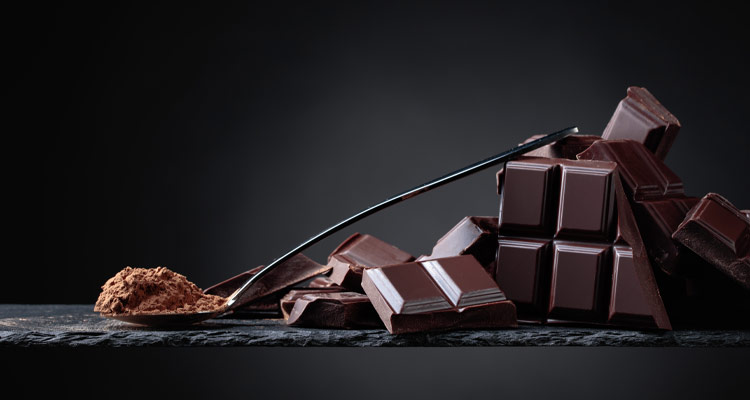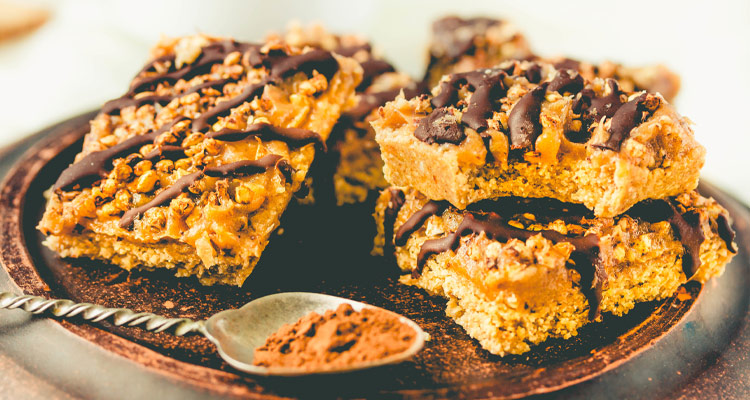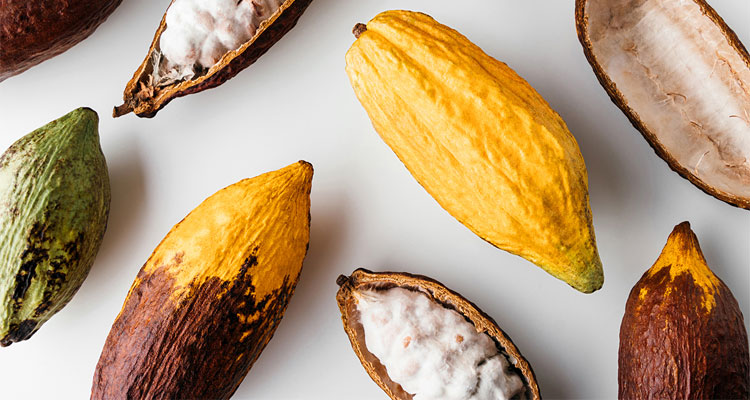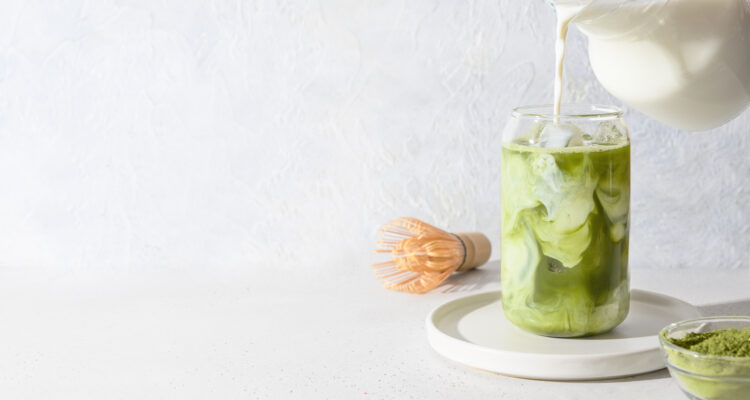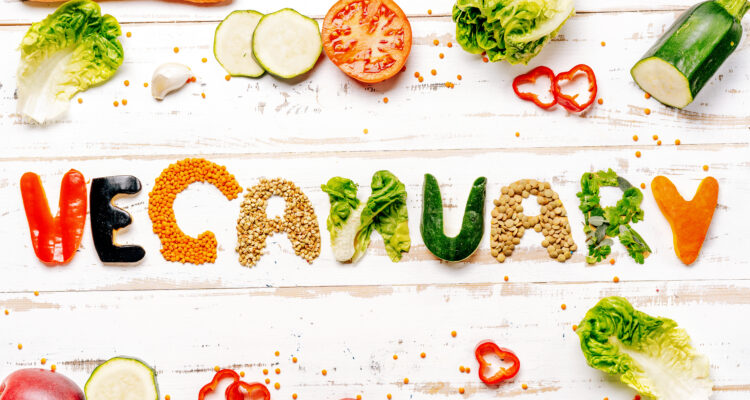Have you always passed over the dark chocolates in favour of their fairer siblings, milk and white, as you don’t like the bitter taste? Think again. Chocolatier, Nadia Williams talks us through this health-packed chocolate and shows us the guilt-free ways to enjoy it with a beginner’s guide to dark chocolate.
Did you know that there are numerous health benefits to chocolate when we take out the sugar and fat? So what does that leave us with when we want to get our chocolatey fix? First let’s get to grips with some ‘cocoa lingo’ and then let Edinburgh-based chocolatier, Nadia Williams of Thinking Chocolate, shares her tips for adding cocoa into your everyday diet whilst ditching the guilt. Plus she reveals her favourite bars of the dark stuff that will convert even the most hardened milk chocolate fan…
Cocoa Lingo
What are Cocoa nibs?
They’re the roasted kernels of the cocoa bean (available to buy online or at some health food shops). Cocoa nibs are a true superfood, with just two teaspoons providing your daily quota of antioxidants. And if you thought eating chocolate rotted your teeth, think again – chewing cocoa nibs slows down the production of plaque and freshen breath when chewed. See below for some ways to enjoy them.
Where does cocoa butter come from?
Cocoa butter comes from whole cocoa beans, which are fermented, roasted, and then separated from their hulls. About 54–58% of the residue is cocoa butter. It uniquely melts at around 34-38 degrees Celsius, the same as our body temperature, which gives chocolate its blissful texture when eaten! Cocoa butter is also completely cholesterol-free so look out for bars with high cocoa solids.
What’s the difference between raw cocoa powder and the normal stuff?
Raw cocoa powder specifically refers to raw, unsweetened powder that hasn’t been treated above 110 degrees Fahrenheit. There is some debate about the term ‘raw’ when it comes to cocoa, as cocoa is grown at the Equator and during the essential drying and fermentation process it naturally exceeds these temperatures. That said, it is as close to the natural state as possible which is how we want our cocoa as the less manipulated it is, the more polyphenols and healthy chemicals you will obtain from it.
To get cocoa powder from the cocoa bean, the nibs are first ground. The fat (cocoa butter) is then removed, and the remaining solids are ground up again into a fine dust to give you your cocoa powder. A lot of cheaper cocoa powders that you may find on the supermarket shelves have added milk powders and sugar. Always check the ingredients list.
Got it… now how can I add cocoa to my diet in a healthy way? Over to Nadia.
1. Try cocoa tea
Infuse a teaspoon of nibs in just boiled water. Steep for five minutes. Sweeten to taste with your preferred sugar or sweetener.
2. Get baking
Use nibs in biscuits/flapjacks as an alternative to processed chocolate chips.
3. Don’t forget your savouries!
Adding some dark chocolate to gravies and sauces can bring depth to the finished flavour. It’s particularly good with game, but just as tasty in cottage pie, moussaka and Bolognese.
4. Cocoa for breakfast!
Sprinkle nibs onto porridge/granola for a morning hit of antioxidants.
5. Try a dairy-free cup of cocoa
Make a paste with cocoa powder and hot water and then top up with your preferred soya/nut milk.
6. A quick dip
Blend cocoa with silken tofu or crème fraiche and enjoy with strawberries, banana and oatcakes.
7. Ease your way
If you’re a hardened milk chocolate fan, ease yourself into the darker varieties by blending half and half with milk chocolate in your recipes to re-educate your sweet tooth.
Cocoa connoisseur
If you’ve already got the dark chocolate bug, try refining your tastes to a particular region or origin and find your ultimate chocolate bar!
- Beans are largely grown in bulk so seek out the rarer varieties such as Trinitario and Criollo, which have much more flavour.
- It takes approximately 1000 beans to make a kilo of fine (cocoa butter only) chocolate versus between 150 to 200 at the commercial (added vegetable fats) end of the market.
- Single-origin chocolate has bags of character and like good wine varies from country to country. Try Madagascan (nutty), Vietnamese (fruity), Javan (smooth) and Ecuadorian/Venezuelan for wonderfully complex flavours with a typically long finish.
Nadia recommends…
- MAROU – single region chocolates from Vietnam.
- VALRHONA – a great brand for cooking with, with really intense flavours.
- MICHAEL CLUIZEL – their tasting boxes are a great way to sample your way around the globe.
- SINGLE ORIGIN BARS – most supermarkets stock a range of single-origin chocolates. Stand outs are Tesco Peruvian and Sainsburys Sao Thome.
